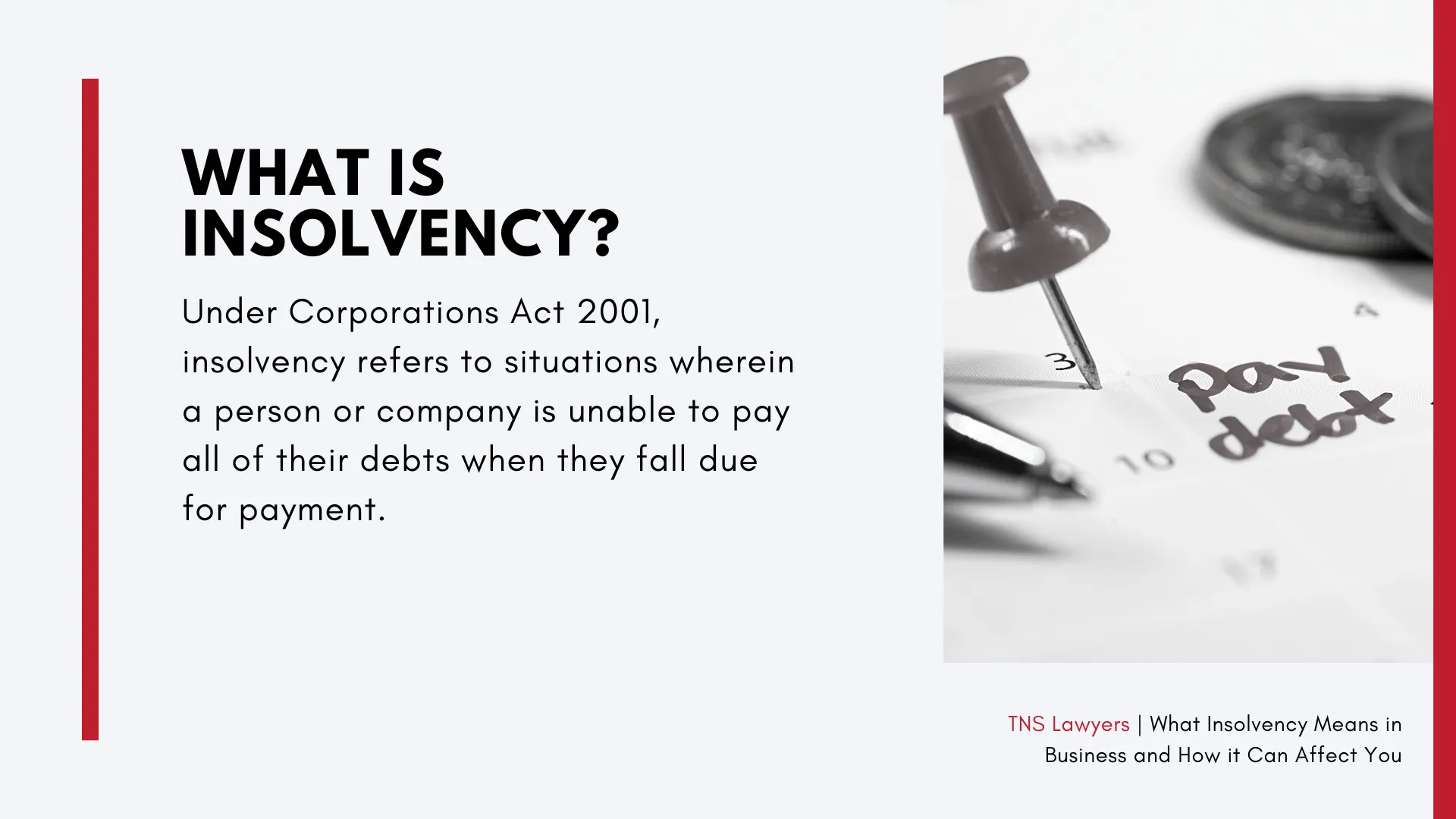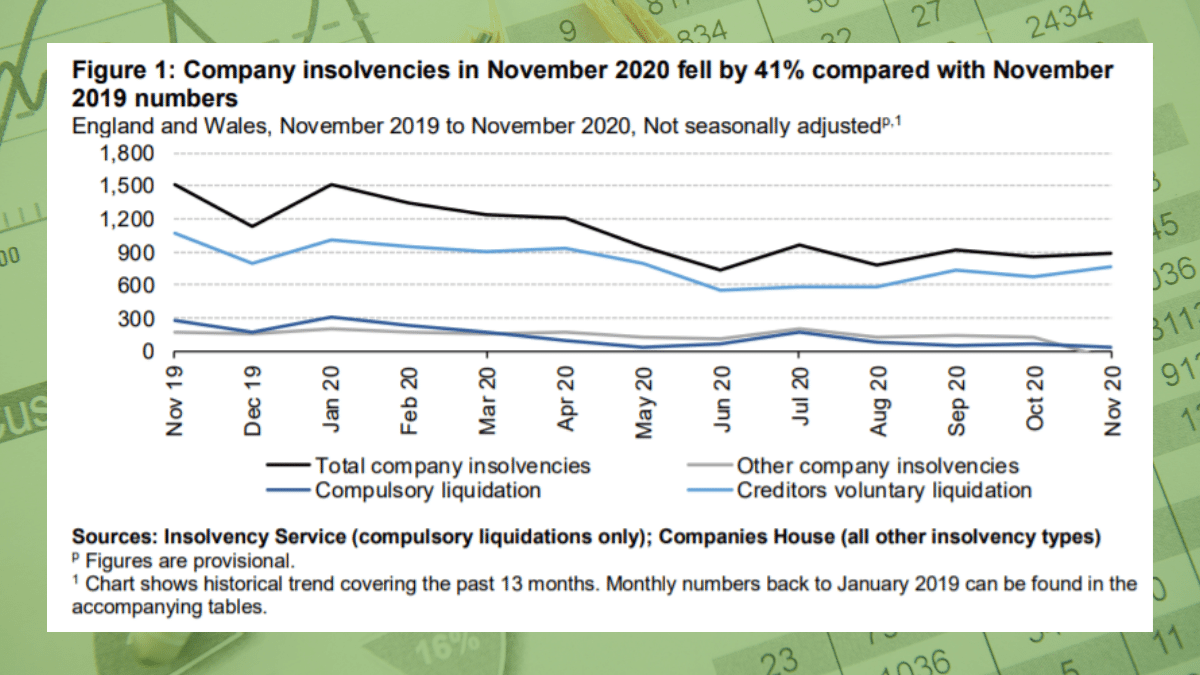Insolvency Practitioner Fundamentals Explained
Insolvency Practitioner Fundamentals Explained
Blog Article
10 Easy Facts About Insolvency Practitioner Described
Table of ContentsSome Known Questions About Insolvency Practitioner.The Best Guide To Insolvency PractitionerEverything about Insolvency Practitioner9 Easy Facts About Insolvency Practitioner ShownInsolvency Practitioner - An OverviewThe Insolvency Practitioner PDFsThe Only Guide for Insolvency Practitioner
Insurance policy is monitored and controlled by state insurance coverage divisions, and among their key goals is protecting insurance holders from the risk of a company in economic distress. When a company enters a period of financial difficulty and is not able to meet its obligations, the insurance commissioner in the business's home state initiates a processdictated by the legislations of the statewhereby initiatives are made to help the firm regain its monetary footing.If it is identified that the business can not be restored, the company is proclaimed financially troubled, and the commissioner will ask the state court to order the liquidation of the firm. [Back] The insurance policy commissioner, either assigned by the governor or chosen, heads the state insurance policy division and displays and manages insurance coverage activity within the state.
By acquiring control of a firm, the commissioner (or the insurance policy department) is, by regulation, the rehabilitator or liquidator of the firm. In this ability, the commissioner or division takes control of the company's procedures. Insolvency Practitioner. Rather than do so straight, the commissioner may maintain an unique replacement receiver to oversee the company's activities.
See This Report on Insolvency Practitioner
The receiver supervises an accounting of the firm's assets and obligations and administers the estate of the company. In doing so, the receiver looks for to take full advantage of the company's properties, transfer them to money, and after that distribute that cash money to lenders having valid cases against the insurance firm in conformity with repayment top priorities specified by state regulation (in all states, insurance holders are top priority claimants whose insurance claims are paid prior to those of basic financial institutions).
All insurance business (with restricted exceptions) accredited to sell life or medical insurance or annuities in a state need to be participants of that state's guaranty organization. The warranty association accepts the commissioner and the receiver in pre-liquidation planning. Insolvency Practitioner. Once the liquidation is ordered, the warranty organization offers protection to the company's insurance holders who are state citizens (as much as the levels defined by state lawssee listed below; any type of advantage quantities over the guaranty asociation advantage levels become claims versus the company's remaining properties)

What Does Insolvency Practitioner Do?
Second, insurance firms doing organization in that state are examined a share of the amount required to satisfy the section of the warranty associations' protected insurance claims not otherwise moneyed with estate assets. The amount insurance companies are examined is based on the amount of costs that they collect in that state. The National Company of Life and Wellness Insurance Coverage Warranty Organizations (NOLHGA) is made up of the life and health and wellness insurance guaranty organizations of all 50 states and the Area of Columbia.
NOLHGA develops a task force of depictive warranty organizations to function with the insurance commissioner to create a plan to secure insurance holders.
You are here: Insolvency is when a firm or person can't pay debts when they are due. There are a number of alternatives available to a bankrupt firm or individual: ASIC manages firms, it does not take care of individual insolvency treatments. To find out more concerning insolvency and personal bankruptcy arrangements, check out the Australian Financial Safety Authority internet site.
The Basic Principles Of Insolvency Practitioner
Predictive defense by helping you choose the appropriate customers and the best markets to stay clear of bad debt to begin with, many thanks to intense financial evaluation. Extensive market intelligence, offering you with 360-degree exposure on company fields and approaching problems. my response It would certainly be a simplification to assume a trade credit rating insurance begins and finishes with premiums and pay-outs.
This can occur for a variety of factors, consisting of inadequate financial monitoring, unexpected expenses, or a change in the market. If a business is financially troubled, it may be compelled to shut down or market off possessions to pay financial institutions. This can have a significant influence on business, employees, and investors.
Why does a firm get in right into bankruptcy? There are a number of reasons why a company might enter into insolvency.
What Does Insolvency Practitioner Mean?
Other reasons for bankruptcy consist of scams, mismanagement, and unforeseen prices. Bankruptcy can likewise lead to task losses and the closure of companies.
This can have severe implications for the company, its stakeholders, lenders and the economic situation. The company may be required to sell assets, lay off personnel or perhaps shut down. This can have a ripple effect on the neighborhood community and the economy overall. Creditors may be left out of pocket and the business's investors might see their investment disappear.
How Insolvency Practitioner can Save You Time, Stress, and Money.
This can happen for a variety of reasons, consisting of bad economic monitoring, unforeseen expenses, or a change in the market. If a firm is financially troubled, it might be required to shut down or liquidate properties to pay financial institutions. This can have a significant influence on business, workers, and investors.

Other browse this site factors for bankruptcy consist of scams, mismanagement, and unforeseen prices. Bankruptcy can also lead to job losses and the closure of organizations.
Some Of Insolvency Practitioner
The business might be forced to market assets, lay off team or even close down. Creditors may be left out of pocket and the firm's investors might see their investment go away.
Report this page